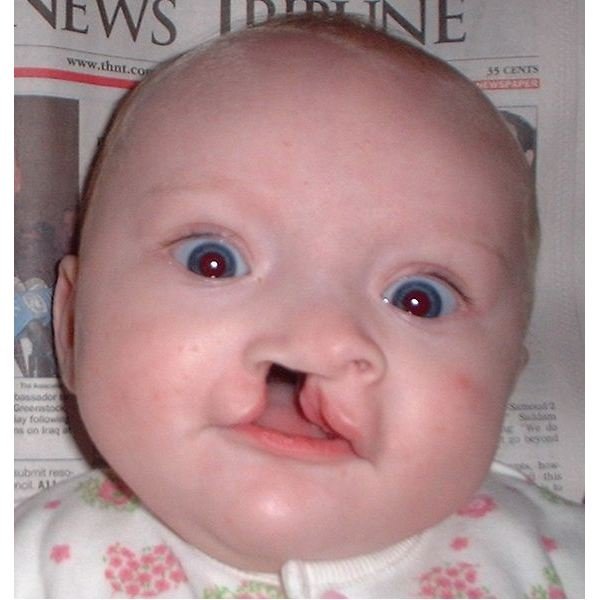Gene Link to Cleft Palate. Understanding the Causes of Cleft Palate
Causes of cleft palate
Cleft palate is quite a common disorder that’s found in 1 in every 700 births around the world. The causes of cleft palate manifest during development in the womb when tissue that forms the lip and the palate fail to connect. Children born with the condition can have problems with hearing, feeding and speech and teasing in the playground can lead to social isolation and misery. The condition can sometimes run in families, hence there are several labs around the world trying to fathom out the basic genetic mechanisms.
Unusual challenges
Dentists at the University of Pittsburgh studied DNA from the saliva and blood of more than 500 families where 2 or more siblings have cleft palate or lip palate. In addition, they collected samples from 100 unaffected family groups to act as control samples.
The genetic data was collected from families living among the islands of the Philippines; a task that threw up many challenges not usually faced by geneticists. There were typhoons, storms and on one occasion a landslide.
Genes for cleft palate
Once they analysed all the material, which involved looking at 150 genes, researchers found more than a dozen genetic mutations which they believe leads to an increased risk of cleft or lip palate. They announced 3 candidate genes in the September edition of Genetics in Medicine.
ERBB2 - which has been associated with breast cancer
CDH2 - associated with left/right asymmetry
IRF6 - which has been linked previously to the formation of connective tissue.
Where next?
As with a lot of genetic discoveries this is brilliant foundation to the next stage. Knowing more about the genetic causes means that one day effective screening of parents will be possible to assess the likelihood that they might have a child with cleft or lip palate. In the long term the aim will be to use gene therapy to make good any genetic defects.
